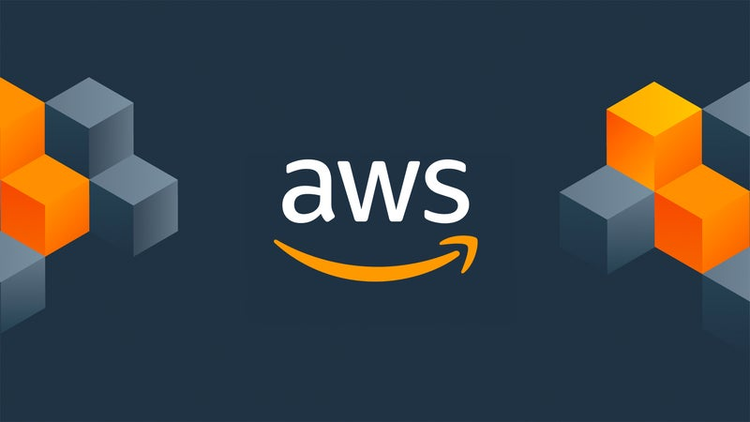Unlocking the Power of AWS: A Comprehensive Guide to Amazon Web Services and Its Transformative Capabilities
Amazon Web Services (AWS) is a comprehensive and widely-used cloud computing platform provided by Amazon. It offers a broad set of services, including computing power, storage, databases, machine learning, analytics, networking, content delivery, and more. AWS allows businesses and individuals to access and use computing resources without having to invest in and maintain physical infrastructure.
Key Components and Services of AWS:
- Compute Services:
- Amazon EC2 (Elastic Compute Cloud): Provides scalable virtual servers in the cloud.
- AWS Lambda: Enables serverless computing, allowing you to run code without provisioning or managing servers.
- Storage Services:
- Amazon S3 (Simple Storage Service): Object storage service for scalable and secure storage of data.
- Amazon EBS (Elastic Block Store): Provides persistent block-level storage volumes for use with Amazon EC2 instances.
- Database Services:
- Amazon RDS (Relational Database Service): Managed relational database service supporting various database engines.
- Amazon DynamoDB: Fully managed NoSQL database service for applications that require single-digit millisecond response times.
- Machine Learning and AI Services:
- Amazon SageMaker: Fully managed service for building, training, and deploying machine learning models.
- Amazon Polly: Text-to-speech service.
- Amazon Rekognition: Image and video analysis service.
- Networking:
- Amazon VPC (Virtual Private Cloud): Allows users to provision a logically isolated section of the AWS Cloud.
- Amazon Route 53: Scalable and highly available domain name system (DNS) web service.
- Content Delivery:
- Amazon CloudFront: Global content delivery network (CDN) service for securely delivering data, videos, applications, and APIs.
- Analytics:
- Amazon Redshift: Fully managed data warehouse service.
- Amazon Athena: Query service that allows you to analyze data directly in Amazon S3 using standard SQL.
- Management and Security:
- AWS Identity and Access Management (IAM): Allows you to securely control access to AWS services and resources.
- Amazon CloudWatch: Monitoring and management service for AWS resources.
- AWS CloudTrail: Records AWS API calls for your account and delivers log files to you.
Uses of AWS:
- Scalability and Flexibility:
- Easily scale computing resources up or down based on demand.
- Choose from a wide range of services to meet specific business requirements.
- Cost-Efficiency:
- Pay only for the resources you use, avoiding upfront costs associated with traditional infrastructure.
- Global Reach:
- Deploy applications globally with AWS’s extensive network of data centers in multiple regions.
- Reliability and Availability:
- Leverage the high availability and durability of AWS infrastructure.
- Security:
- Benefit from AWS’s robust security measures and compliance certifications.
- Innovation and Agility:
- Quickly experiment and innovate with new ideas by leveraging a vast array of AWS services.
- Data Storage and Management:
- Store and manage data securely with various storage options.
- Machine Learning and Analytics:
- Utilize machine learning and analytics services to gain insights from large datasets.
- Content Delivery:
- Accelerate content delivery with CDN services to improve user experience.
- DevOps and Automation:
- Implement efficient DevOps practices and automation for application deployment and management.
Overall, AWS is a powerful and versatile cloud platform that caters to a wide range of businesses and individuals, enabling them to build, deploy, and scale applications and services with ease.







